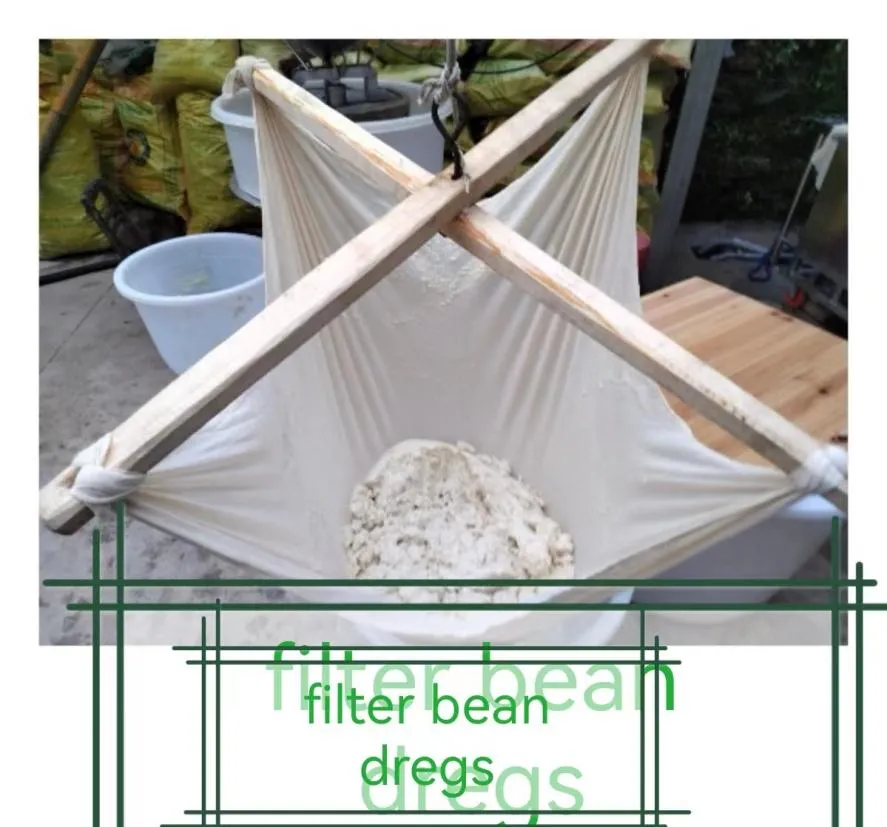installing bird netting
Installing Bird Netting A Comprehensive Guide
Bird netting has become a popular solution for those looking to protect their gardens, crops, buildings, and outdoor spaces from unwanted avian visitors. While birds can be beautiful and beneficial to our ecosystems, they can also cause significant damage, particularly when they decide to feast on your fruits, vegetables, and other plants. Installing bird netting can provide an effective barrier that prevents birds from accessing these areas, thereby safeguarding your hard work.
Understanding Bird Netting
Bird netting is typically made from polyethylene or nylon, offering a lightweight yet durable option to deter birds without harming them. It comes in various sizes and designs, allowing for customization based on the specific needs of your space. The mesh size also varies, allowing you to select a netting solution that effectively keeps out different bird species while allowing other wildlife to pass freely.
Planning Your Installation
Before diving into the installation process, it's crucial to conduct a careful assessment of the area you intend to protect. Consider the following
1. Identify the Problem Determine which species of birds are causing issues and the extent of the damage. This will guide the type of netting you choose. 2. Choose the Right Netting Based on your assessment, select a netting option. Smaller mesh sizes are useful for preventing access to smaller birds, while larger sizes can be suitable for bigger species.
3. Measure Your Space Accurate measurements are vital. Calculate the area you wish to cover, including height and width, to ensure you purchase enough netting.
4. Gather Your Tools You will typically need a pair of scissors, zip ties or clips (for fastening), stakes or poles (for support), and perhaps a ladder if you are working at heights.
Step-by-Step Installation
installing bird netting

2. Set Up Supports Use stakes or poles to create a frame around the area you want to protect. These supports should be tall enough to allow for the height of the netting and to ensure birds cannot simply land on top of it.
3. Unroll the Netting Carefully unroll the bird netting, avoiding any snags or tears. Gently spread it out over the designated area, ensuring there’s enough excess to secure it to the ground or supports.
4. Secure the Netting Using zip ties or clips, attach the netting to your frame. Make sure to keep it taut to discourage birds from attempting to land on it. If you’re working over a garden bed, you may want to bury the edges of the netting slightly to prevent birds from finding their way underneath.
5. Check for Gaps After securing the netting, conduct a thorough inspection to identify any potential gaps or holes. Birds can be surprisingly adept at finding openings, and even small gaps can render your efforts ineffective.
6. Regular Maintenance Once installed, it’s essential to periodically check the netting for any tears, sagging, or shifts. Keeping your bird netting in good condition is key to its long-term effectiveness.
Considerations for Effectiveness
While bird netting is a great preventive measure, it’s essential to couple it with other practices for optimal results. Avoid using harmful substances or methods that could injure birds and focus on humane deterrents alongside your netting.
Additionally, consider combining bird netting with reflective materials or sound deterrents to further discourage birds from approaching your plants. This multifaceted approach can enhance the effectiveness of your bird control efforts.
Conclusion
Installing bird netting is a manageable and ethical way to protect your cherished gardens and crops from unwanted bird damage. By taking a thoughtful approach to selection and installation, you can ensure that your netting is effective, durable, and minimally invasive. Whether you are a seasoned gardener or a homeowner looking to protect your outdoor spaces, bird netting can be a valuable addition to your bird control arsenal.
-
The Versatility of Stainless Steel Wire MeshNewsNov.01,2024
-
The Role and Types of Sun Shade SolutionsNewsNov.01,2024
-
Safeguard Your Space with Effective Bird Protection SolutionsNewsNov.01,2024
-
Protect Your Garden with Innovative Insect-Proof SolutionsNewsNov.01,2024
-
Innovative Solutions for Construction NeedsNewsNov.01,2024
-
Effective Bird Control Solutions for Every NeedNewsNov.01,2024












